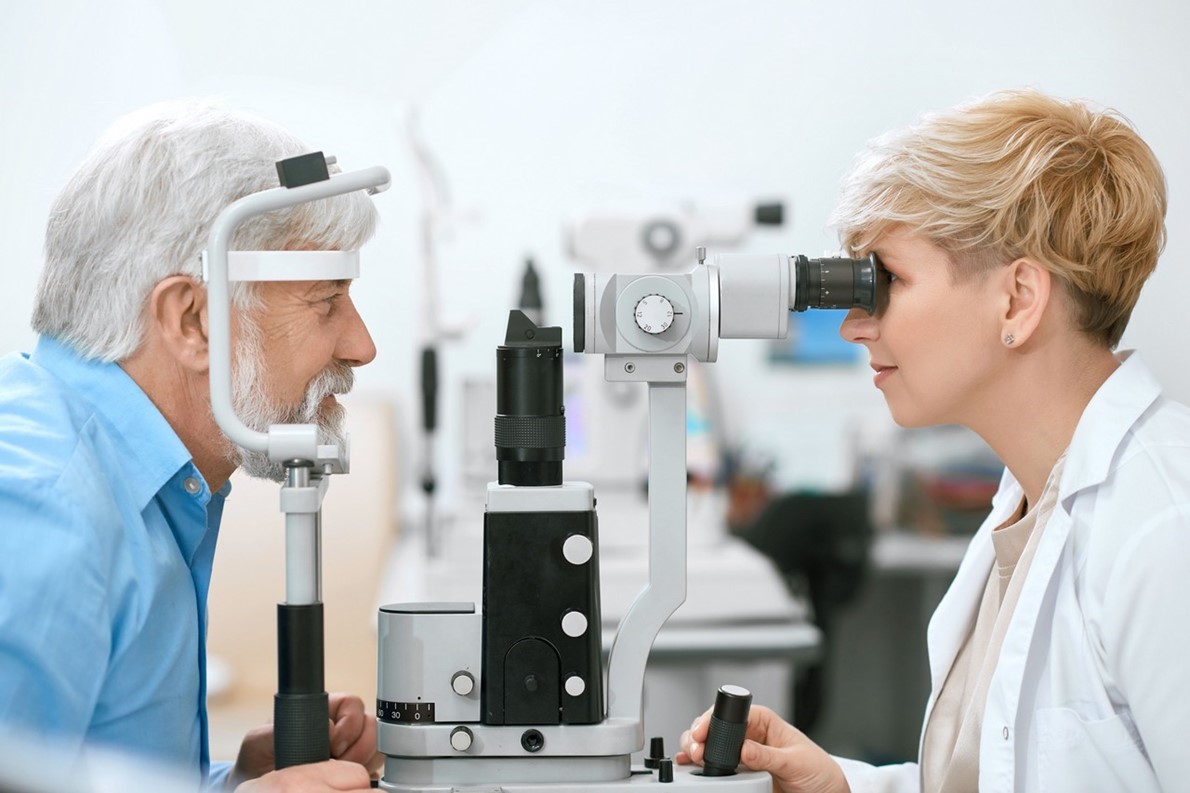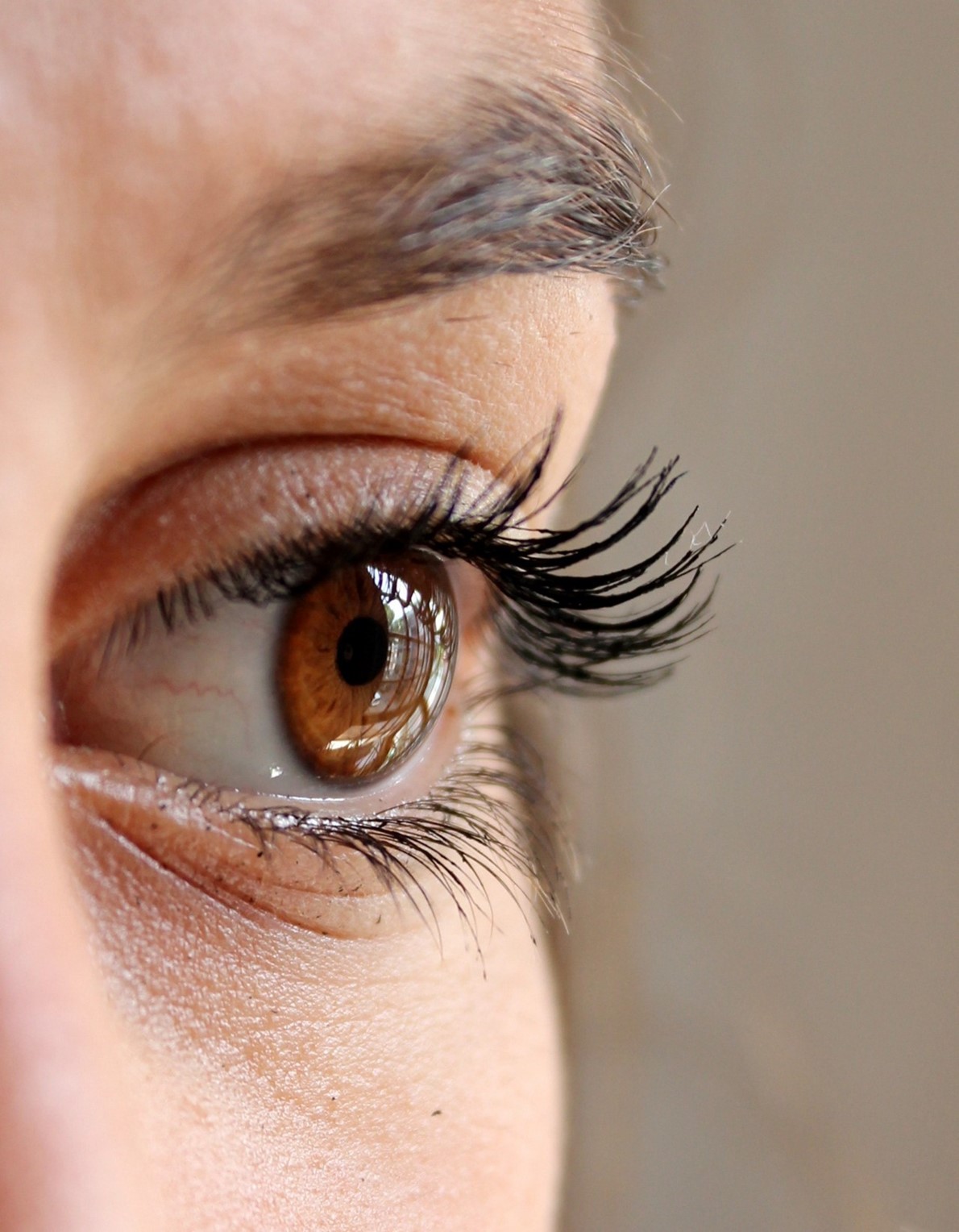Diabetes is a chronic and progressive
disease that is estimated to affect 463
million people globally as of 2019, according to figures from the International
Diabetes Federation (IDF). This number is on the rise, and by 2045, it is
predicted that 700 million people will have diabetes.
اضافة اعلان
The disease primarily affects the way that the body
regulates blood sugar, however, it is also associated with common complications
that can severely impact quality of life and overall health. One such
complication is diabetic eye disease, a vision-affecting illness that can do
irreparable damage to the eyes.
From blurry sight to total vision loss
Diabetic eye disease, more formally known as
diabetic retinopathy (DR), is
a serious complication of diabetes that ultimately results in eye damage. It
can range in severity from mild or no vision impairment to complete blindness.
In the early stages, you may notice only slight or no symptoms at all, but as
the condition progresses, so too will the severity. Symptoms may include spots
or dark strings floating in the vision (often referred to as floaters), blurred
or fluctuating sight, dark or empty areas, and ultimately, vision loss. When
blood sugar levels are high due to diabetes, damage to blood vessels occurs. In
DR, the vessels bringing blood flow specifically to the eyes are damaged.
The condition can be divided into an early stage and
an advanced stage. The early stage is more formally known as non-proliferative
diabetic retinopathy (NPDR). In NPDR, often no symptoms are observed, but
damage is still occurring to the eye. The tiny blood vessels that connect to
the retina (the part responsible for vision) become weak and start leaking,
which causes swelling. As a result, the most common symptom at this stage is
blurred vision.
 In diabetic retinopathy, the vessels bringing blood flow to the eyes are damaged. (Photo: Envato Elements)
In diabetic retinopathy, the vessels bringing blood flow to the eyes are damaged. (Photo: Envato Elements)
As the condition progresses and worsens, the
individual will transition into the advanced stage, known as
proliferative diabetic retinopathy (PDR). As the body attempts to restore blood flow to the
retina, it will begin to create new blood vessels. However, these new vessels
are often abnormal and extremely fragile. As a result, bleeding occurs frequently.
If the bleeding is small in quantity, it may only produce floaters, however, if
the bleeding is substantial, it can block vision entirely. Additionally, these
new blood vessels can create scar tissue, which may result in even further
complications.
Jordanians and
diabetic retinopathy
The
American Academy of Ophthalmology recently conducted research into the prevalence of retinopathy.
It was estimated that 22.27 percent of diabetics worldwide have DR, but the
study also revealed that DR disproportionally affects people in the MENA
region. These finding are corroborated by a 2008 study showing that 34.1
percent of diabetics in Jordan have DR. Then, a later study in 2015 found that
48.4 percent of diabetics in the Kingdom have DR. This increasing rate of
prevalence is alarming. What is more, the 2015 study also found that DR is the
second most common cause of total blindness in the Kingdom, being responsible
for 33.2 percent of all cases.
Unfortunately, research suggests that DR awareness
among Jordanians may actually be decreasing. A 2017 study conducted on
Jordanians with diabetes found that 88.2 percent were aware that diabetes can
affect the eye, and 81 percent knew that DR can lead to blindness. In contrast,
a 2022 study found that two-thirds of participants were unaware of DR.
Comparing the two participant groups, there were
small differences such as age range in the separate studies, but generally
speaking, demographics were relatively consistent, with the exception of one
key factor. In the 2017 study, 68.8 percent of participants had at least a high
school education. In the 2022 study, however, 38 percent had less than a high
school education and an additional 22 percent were illiterate. Furthermore,
each study individually found that education level was statistically
significant in awareness of DR.
Awareness: half the battle
Understanding diabetes and
its complications is half of the battle when it comes to managing the
condition. Many studies have shown time and time again that the more knowledge
and awareness an individual has about diabetes and its complications, the
greater the chances of good management and prevention.
The same can be said for DR. Although there is no
surefire way to prevent the condition, knowing certain risk factors can
certainly help. The two greatest such factors are the amount of time the
individual has had diabetes, and how well the condition has been managed. Both
factors are more or less modifiable, particularly in regard to type-2 diabetes.
The healthier you live, the less likely you are to develop diabetes and (for
those who already have it) the easier it is to control.
The general public should be made aware of the
importance of regulating blood sugar levels. The aforementioned 2022 study
found that Jordanians are fairly good at getting their blood sugar levels
checked. It was reported that 77 percent of diabetes patients had their HbA1c
levels (a common test used to assess control) measured at least once after
diagnosis, and 60 percent of them get checked regularly.
However,
measuring control and keeping things under control are two very different
things. Despite relatively good levels of measurement, 31.57 percent had an
HbA1c level of eight (the goal for most being seven), which is considered
“uncontrolled”. Many lifestyle changes could will not only help manage and slow
the progression of the disease, but also greatly reduce the risk of
experiencing complications such as DR.

First, physical activity is arguably the best way to
control diabetes. In fact, studies have repeatedly shown that an active
lifestyle is a better means of managing blood sugar levels than any medication
available. It is recommended that you perform at least 150 minutes of moderate
intensity exercise, such as walking, each week. Aside from the benefits
exercise has on blood sugar control, it also provides significant improvements
to blood pressure control. This is particularly important in the management and
prevention of DR.
Diet also plays a fundamental role in managing
diabetes. Diabetics should be educated on how to manage and reduce their sugar
and salt intake while also following a healthy diet plan. As regards DR, poor
cholesterol has been found to increase the risk of developing this
complication. Avoid foods that increase LDL (bad) cholesterol such as butter,
red meats, and fried foods, while incorporating foods that increase HDL (good)
cholesterol such as olive oil, fatty fish, and avocados.
How often should you
get checked?
Screening for DR can help
prevent deterioration and be used to assess progression. Guidelines vary from
source to source, but ultimately, the screening plan should be individualized.
For those with type-2 diabetes, screening should take place shortly after
diagnosis (within the first year after diagnosis). In Jordan, nearly two-thirds
of diabetics have undergone eye exams, 76.4 percent within the first year.
Follow-up checks are equally as important. Generally
speaking, preventative eye exams should be performed annually, and in some
cases, every two years. However, it was found that over half of diabetics in
Jordan do not have annual eye exams.
For type-1 diabetes, the protocol is more or less the same.
Eye exams should be performed regularly (i.e., annually), however, the first
exam can take place within five years of diagnosis, instead of just one year.
Read more Health
Jordan News



